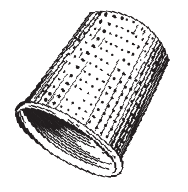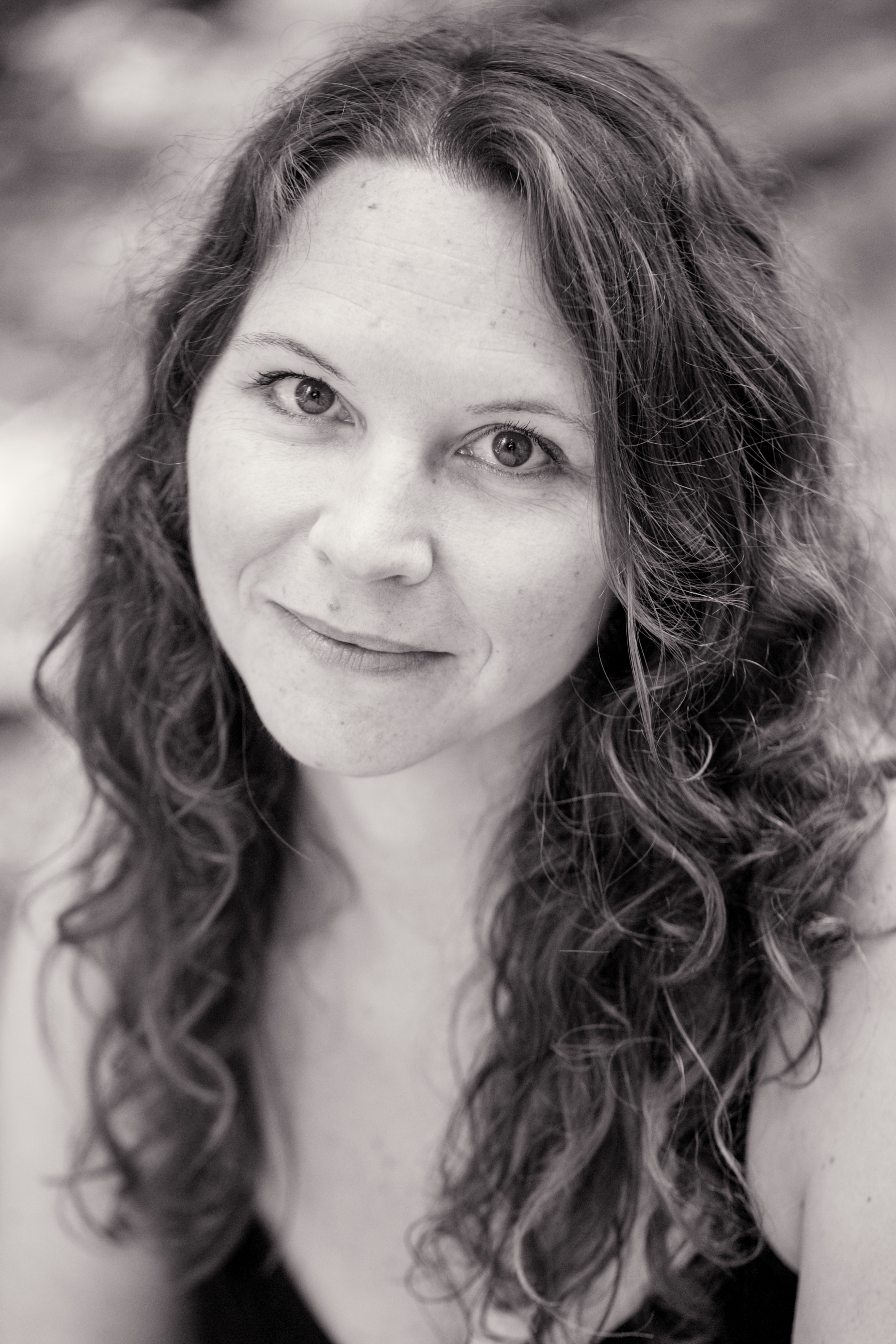Here they are, thriving in the Chernobyl exclusion
zone. A hardy gold-coated thing of extremes,
of grassy steppes and shrubland, highest
highs and lowest lows. They shoulder the burgeoning
recovery among wolves and ravens. Span the Samosely
selfsettlers, the sturdy evacuation refusers.
The world’s worst nuclear disaster has given way to this:
glints of sunlight in the reactor shadows, brown voles
in the paint-peeled kitchen, the silvered Babushka making
moonshine from her garden potatoes.
Firebreaks turned sand-ash highways for the wild
survivors. Elk, moose, badger, boar, rabbit. Swans coast
across the radioactive cooling pond, the Red Forest’s needles
rusted to dust. Beaver, roe deer, brown bear, fox. The old
man trowels up summer lettuce from the poisoned dirt. Wild,
isn’t it–to turn his back on the government-funded
tenements in Kiev, to choose instead an illegal shortrich life
in the home he loved. They all suspire the toxic and thrive,
trees fall from beavers’ teeth one by one, land returns to bog,
becomes what it was a hundred years ago. Thirty years
post-meltdown, 1000 square miles of wild, the half-life
of cesium-137 decayed into barium. A 1986 heirloom,
this patchy spread of fallout. When given a choice between
civilization and radiation, the wild choose to burn.


